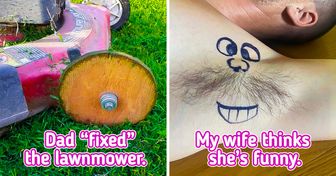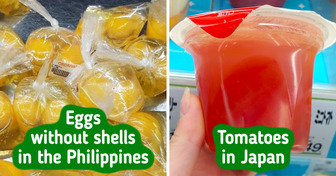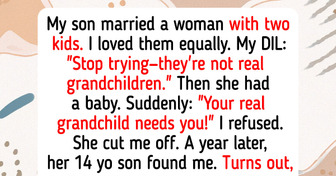An Israeli Artist and His Wife Won the Hearts of Millions With Honest Comics About What It’s Like to Wait for a Baby

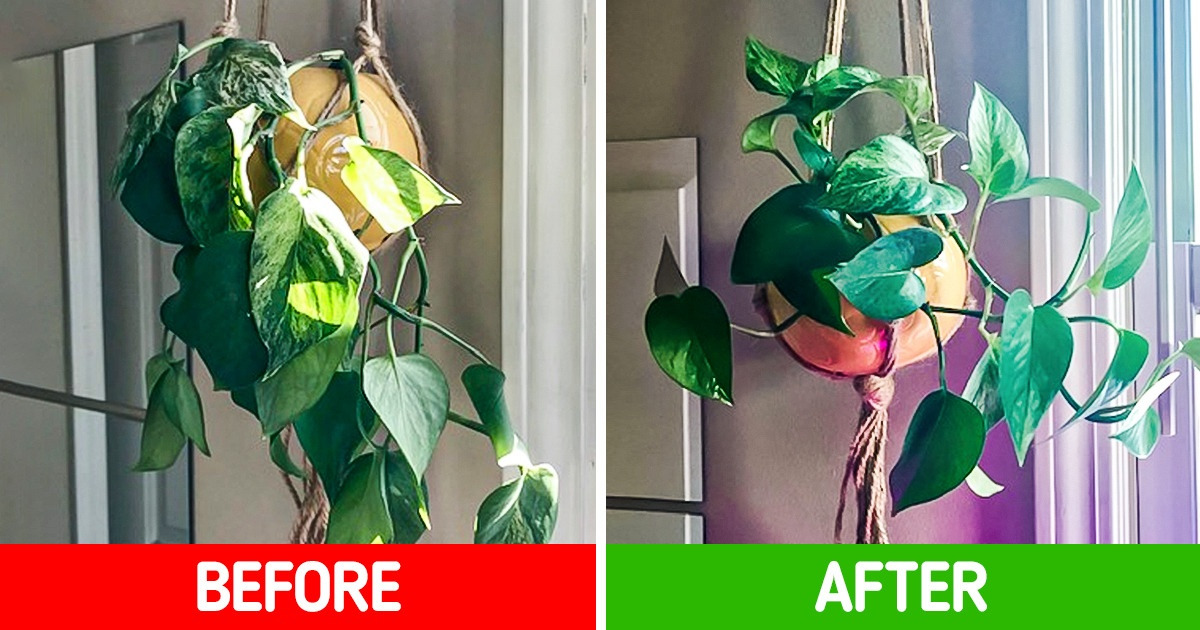
A luscious indoor garden has the power to turn any space into a little piece of paradise. Although plant growth may seem so effortless, keeping your greenery healthy and vibrant can sometimes be a bit challenging. At times, it can seem that no matter what we do, our homemade oasis just doesn’t seem to be thriving. And as it turns out, common problems that occur with houseplants are not always easy to spot in time.
That’s why we, at Bright Side, decided to do some digging to find out how to recognize possible issues early on and save your precious plants before it’s too late.
Although placing a plant in the corner of the room might seem like a perfect way to decorate your interior, it’s often not the best position since it could end up being far away from a natural light source. One of the warning signs that your plant is struggling for light is something called “leggy growth.” This condition is characterized by long stems with just a few leaves on them that are growing far apart.
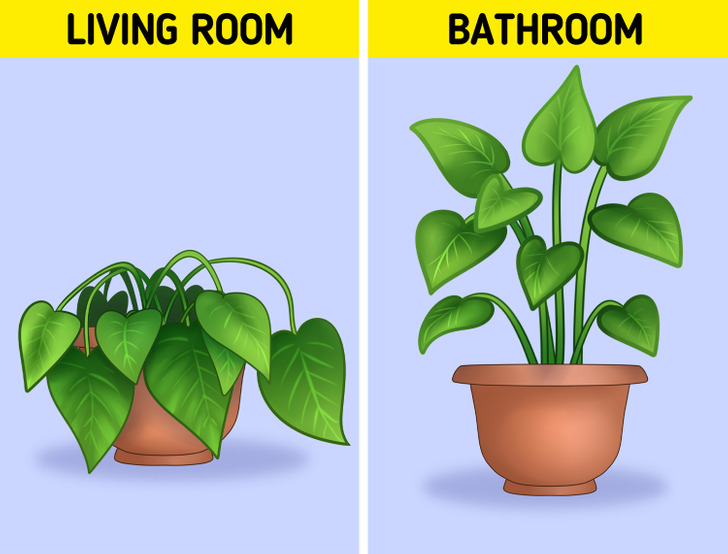
Unless you’re growing a very resistant type of cactus, avoid exposing your plants to direct sunlight on extremely hot days. Even short-term exposure can scorch the leaves and dry out the soil in the pot. You should also avoid repotting or fertilizing your houseplants during heat waves since this can cause stress to the plant and weaken it. Instead, provide enough moisture and water them more frequently but make sure to not go overboard with watering.
Use the ’’deep watering’’ method to make sure water in the pot is distributed and absorbed evenly. It’s also a good idea to move your plants away from a window to a cooler part of the room during the summer. If sun damage has caused most of the plant’s leaves to dry out or fall off, consider placing them in the bathroom for a while. The moisture, cooler environment, and low light could do the trick and bring your plant back to life.
The summer season comes with tons of risks to your plants, and a sudden gust of cold air from the A/C ranks at the top of the list. If you notice that your plant’s leaves are losing their color, it could be one of the signs that your plant is too close to the A/C. Also, the drafts can deprive your plants of some much-needed moisture.
That’s why it’s crucial to keep your plants away from the direct impact of A/C drafts and increase the humidity around them. Mist and water them regularly, place them on a humidity tray, or turn on a humidifier.
Similarly, in winter, central heating can cause stress to your plants by depriving them of moisture. But instead of overwatering, make sure to check the soil humidity by gently pushing your finger under the soil’s surface. If the soil beneath the surface is still damp, then you should skip the watering session. The best way to combat dry air in the winter is to place a humidifier and a humidity meter near your plants.
These pesky little insects are usually hard to spot, especially in the early stages of infestation. That’s why it’s crucial to thoroughly check a new plant when purchasing it.
Whiteflies usually hide under leaves. They can cause a sticky coating, called honeydew, to appear on the leaves. While they rarely pose any real danger, they can weaken the pant in the long run. In some cases, they can slow down growth and cause defoliation.
Warm temperatures indoors work in the favor of whiteflies, helping them survive longer than those outdoors. But there is an easy way to get rid of these annoying pests. Using a soap spray or Neem oil to spray the underside of your plant’s leaves should solve the problem. To make the spray work even better, applying it in the evenings or mornings when it’s cooler is the way to go. But make sure to avoid spraying the top of the leaves, since it may block photosynthesis.
The choice of soil can prove crucial for the well-being of your plants. In general, there is a big difference between soil that is used for garden plants compared to the soil used for indoor ones. It is better to not use garden-type of soil for indoor plants because they require different nutrients than outdoor plants and soil that’s more lightweight.
The soil for outdoor plants comes with a high content of clay and tends to dry out quicker than other soil types. It can also make the soil quite hard, blocking the air and moisture in the pot.
Another common problem with soil is the build-up of salts. The usual culprit for this is fertilizing too frequently or the use of chlorinated tap water to water your indoor plants. Fertilizers are packed with lots of things, and after the plants absorb the required nutrients, the leftover salt remains on the soil surface.
Letting your plants sit in old soil can also cause problems, so it is crucial to change it every year to 2 years, depending on the plant. Fast-growing plants require more frequent repotting. Unfortunately, this can cause stress in some plants.
Usual signs that your plant might be struggling to thrive after repotting are leaf wilting or leaves that turn yellow or brown. The stressed plant may become very delicate, with leaves that easily fall off.
Transplant shock can be easily avoided if you follow these 3 simple rules. First, the trick is just to pick the right time for repotting, which is usually early spring, when it’s neither too hot nor too cold.
Next, the new planter shouldn’t be too big or too small. Generally, it’s ideal if the planter is about 2 inches wider than the current one. And lastly, water your plant abundantly to help its roots settle in the new soil.
If your plant is affected by this fungal disease, the first thing you’ll notice is a white or gray dust-like coating on the plant’s stem, leaf surface, or flowers. This fungal disease is relatively common for indoor plants, especially in cool, damp environments. Some types of plants, like kalanchoe, begonias, and jade, are more prone to powdery mildew.
Since fungal infections spread quickly, it’s best to isolate the plant, and cut off and throw away all of the plant parts affected by the disease. Moving the plant to a spot with more sunlight can also slow down fungal growth.
It’s also recommended to avoid overfertilizing, especially with fertilizers that are high in nitrogen. Applying a baking soda solution changes the pH of the leaf surface, so it can prevent the fungal disease. Make sure to not overcrowd the space with plants and keep the room well-ventilated.
If you notice tiny white-silvery dots scattered on the leaves, then it’s likely that your plant is being attacked by spider mites. When you take a closer look, you’ll notice that these small dots are actually fragile, delicate webs. They are usually found underneath leaves or in the corners of stems. It’s hard to spot them until the infection spreads.
Despite being tiny, spider mites are quite destructive and harmful for plants. But, luckily, there are some tricks you can use to stop them in their tracks.
Using alcohol solution to clean the leaves is the way to go in this case. A solution containing 1 part alcohol to 3 parts water is recommended for more sensitive plants, while a 1 to 1 mixture better suits more resistant, hearty plants.
Another method involves a mixture of 1 teaspoon of liquid dish soap dissolved in 1 liter of warm water. You can either mix it in a bucket and wash the plant with a cloth or sponge, or put the solution in a spray bottle and spray the foliage.
These tiny insects are usually difficult to spot at first, but if you take a closer look, you’ll see small brown dots or knots on the plant’s surface. Although they may appear harmless, scale insects attach themselves firmly to the surface of the plant and suck away its sap. Infestation can cause deformed leaf growth, leaf drop, a yellowing of the leaves, or slow growth of the plant, and if the infestation is left untreated, the plant may die in the end.
But don’t despair because there are a couple of effective ways to get rid of them. A homemade scale insect killer, insecticide soap, neem oil, or special rubbing alcohol are all great tools for removing scale infestation. Scale insects usually hide underneath the leaves and around the stem and leaf joints, so make sure to check every inch of the plant as you clean it.
Have you ever had to deal with any of these issues? If you are the proud owner of a luscious indoor garden, share photos of your gorgeous plants with us in the comments.



